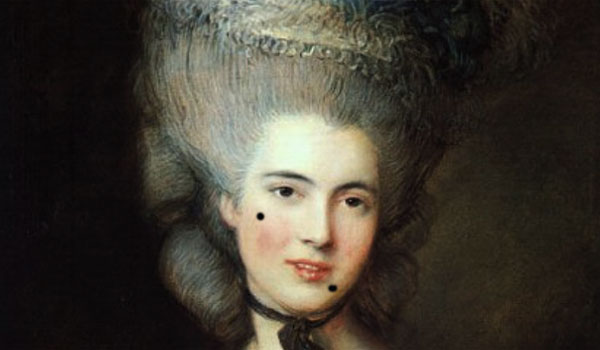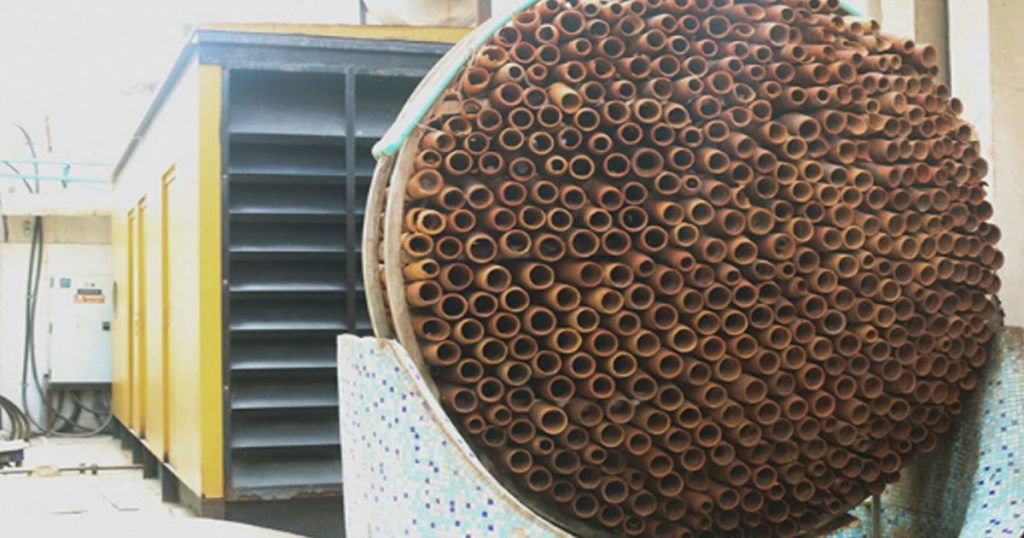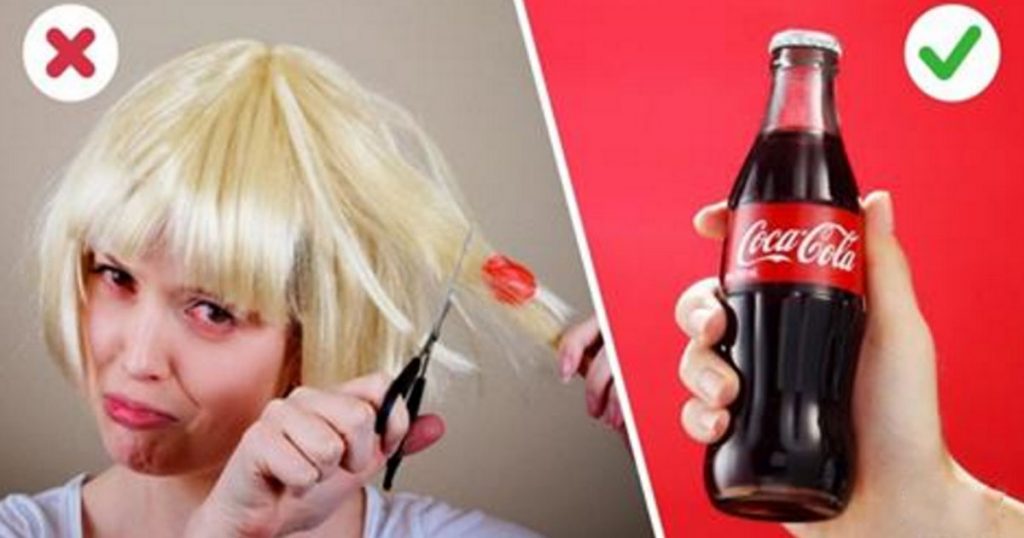Personal care and hygiene have vastly improved since the earliest days in history. Plumbing, medical advances, and modern times have shown us that there’s a far better way for humanity to live and evolve, proving our ability to adapt to any condition. Where, then, have we come from when it comes to embarrassing personal care practices in history?
Believe it or not, we aren’t that far away from times in our past where plumbing or even something as simple as the toothbrush would be invented to improve our lives.
The following 8 embarrassing personal care practices in history will leave you groaning and wondering how on earth anyone got by before the advent of modern innovation.
1) Bathrooms: Thank the Roman empire for inventing sewer systems as we know them. Not only did they pave the way for modern plumbing, at the time they were completely revolutionary. However, this did not mean that every household had a bathroom. In fact, the private bathroom as we know it wouldn’t become a thing until around the 19th century. In Venice during the Renaissance, people used chamber pots located under or around their beds. When the pots became full, that wasn’t a problem – they simply were dumped out the window! Any passers-by underneath had to look out, for their day could be ruined by a mouthful of aristocratic excrement. In other areas, simply going in a ditch or a field was quite the norm – and is the norm to this day in poorer countries. Public washrooms or bathhouses were popular well into the 18th century and continue to remain popular in countries outside of the western world.
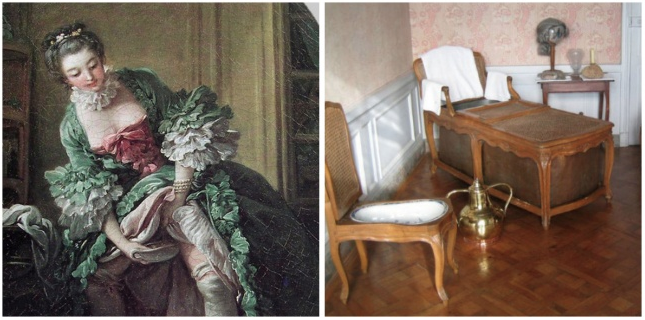
2) Contraception: In medieval Europe, contraception or any attempts at halting birth were considered a mortal sin, but that didn’t stop people from coming up with their own ways to stop the seed. One of the earliest recorded notions of birth control were recorded in ancient Egypt when women would place honey, herbs, and even mud inside of their vagina to prevent semen from entering the uterus. The earliest condoms which originate in both Europe, China and the Middle East consisted of goat or sheep intestines, goats bladders, or even a device made of tortoise shell or animal horn to act as a “phallic buffer” when pursuing coitus. Thank goodness for modern medicine.
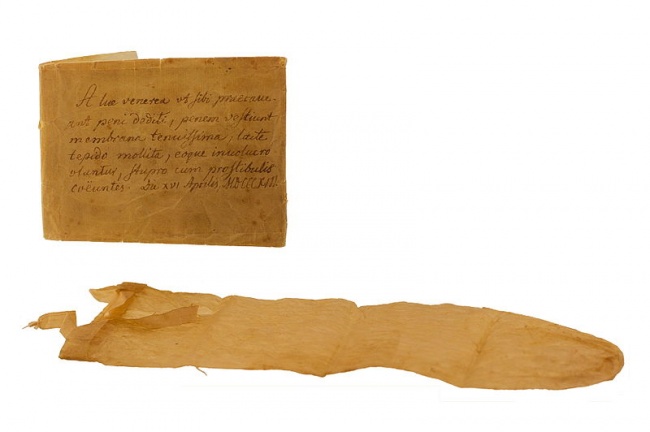
3) Brushing Your Teeth: Believe it or not, the toothbrush as we know it didn’t exist until the late 18th century when Doctor’s at the time published a medical journal about “teeth worms” – what we now know as gingivitis which causes tooth decay. Doctors would simply yank your teeth out if one had a cavity or began to abscess. Before the invention of the toothbrush, in Medieval times, people would wipe the plaque off their teeth using a cloth or plants. The first toothbrushes were made for royalty only, so it would be quite some time before they became mass-manufactured for the general public.
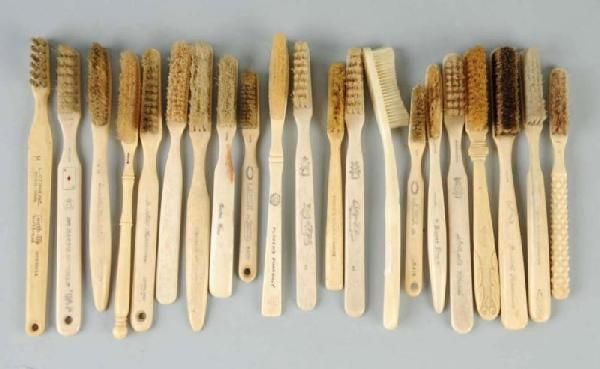
4) Corsets: The corset is very well known around the world as a garment invented to help shape and mold the body to the desired shape. Thankfully, the expectation for women to warp their body in such a way is no longer the case, but modern times prove no exception to the objectification and prejudice against women to look a certain way. We are hopeful that society is moving forward in a direction against body shaming and into a place of acceptance of diversity. You can’t help but wonder though how these women managed to warp their bodies in such a way. Many resulted in permanent damage to their ribcage and constrictions to their internal organs.
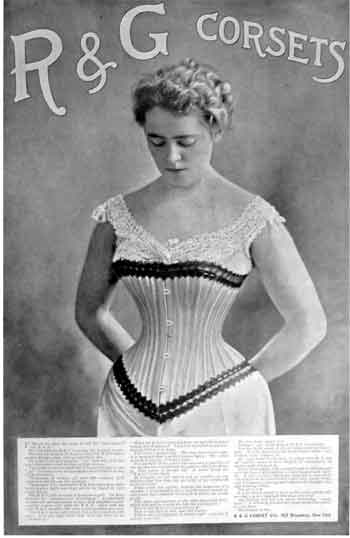
5) Deodorant: The first ever deodorant was invented in the late 19th century by Edna Murphey, an inventor from Philadelphia, Pennsylvania. If that’s the case, what did people do for the first part of history before deodorant was invented? In medieval times, everybody just smelled! Many would have about one bath a week, and if you desired to get intimate with another person, some would stuff their armpits with scented flowers, or herbs to mask the scent of human stench. Yikes!
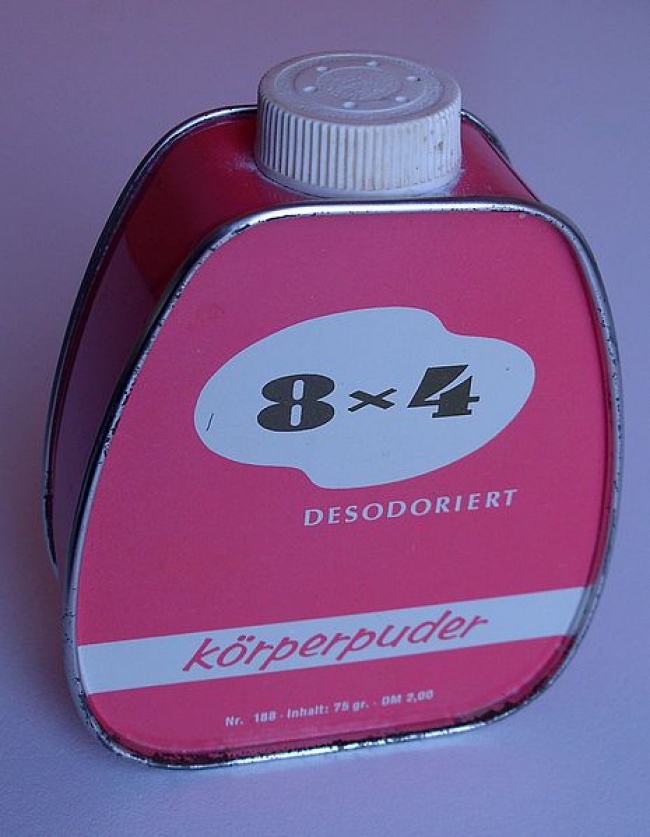
6) Jiggling Machines: Not quite personal hygiene but embarrassing nonetheless, jiggle machines became very popular in the late 1940s and early 1950s. They were believed to help with weight loss, but they just ended up being ridiculous ways to pass the time. With a focus on wanting to be healthier, many people look for quick-fixes to weight loss. Thankfully, modern medicine has taught us that body health is a science rather than a sideshow of jiggle machines.
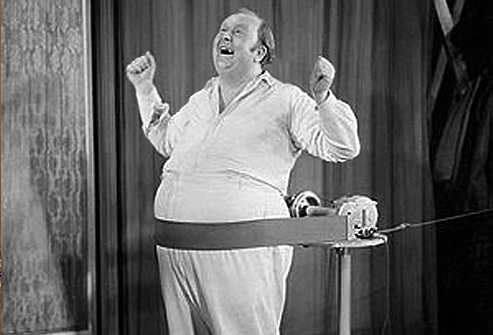
7) Wig Maintenance: For almost 2 centuries, powdered wigs called ‘Perukes’ were all the rage due to the advent of syphilis. Aside from brutal rashes, open sores, blindness, and dementia, one of the other symptoms of syphilis included patchy hair or baldness. Thus, the peruke was born. The larger your Peruke, the greater your status symbol in society. Over the years the cost of the Peruke increased, further creating it as a status of wealth. However, with the introduction of wigs, came the introduction of mass lice infections. People were required to shave their heads to get rid of the lice, and they would have to send off their Peruke’s to be boiled in hot water to destroy the nits, and then they’d be powdered in talc to prevent the spread of new lice. Thankfully, by the late 18th century, the famed wigs lost their popularity after a tax on hair powder was levied.
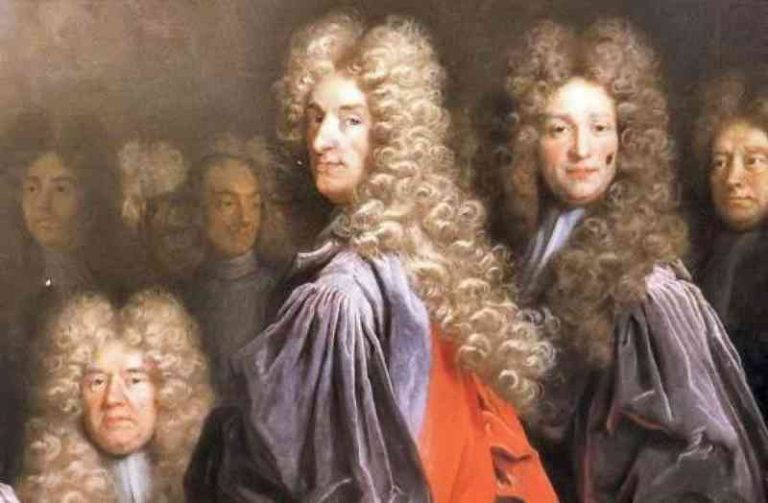
8) Deadly Makeup: Many women and men who desired to powder their face or cover it with makeup, would do so with harmful chemicals like lead or mercury that were considered perfectly safe until their correlation with poor health would be discovered. Some women would even dye their hair with lye, which resulted in dangerous poisoning which could lead to death if accidentally ingested. Luckily, these harmful chemicals were swapped out with less harmful fats and chemicals more suited to human skin.
